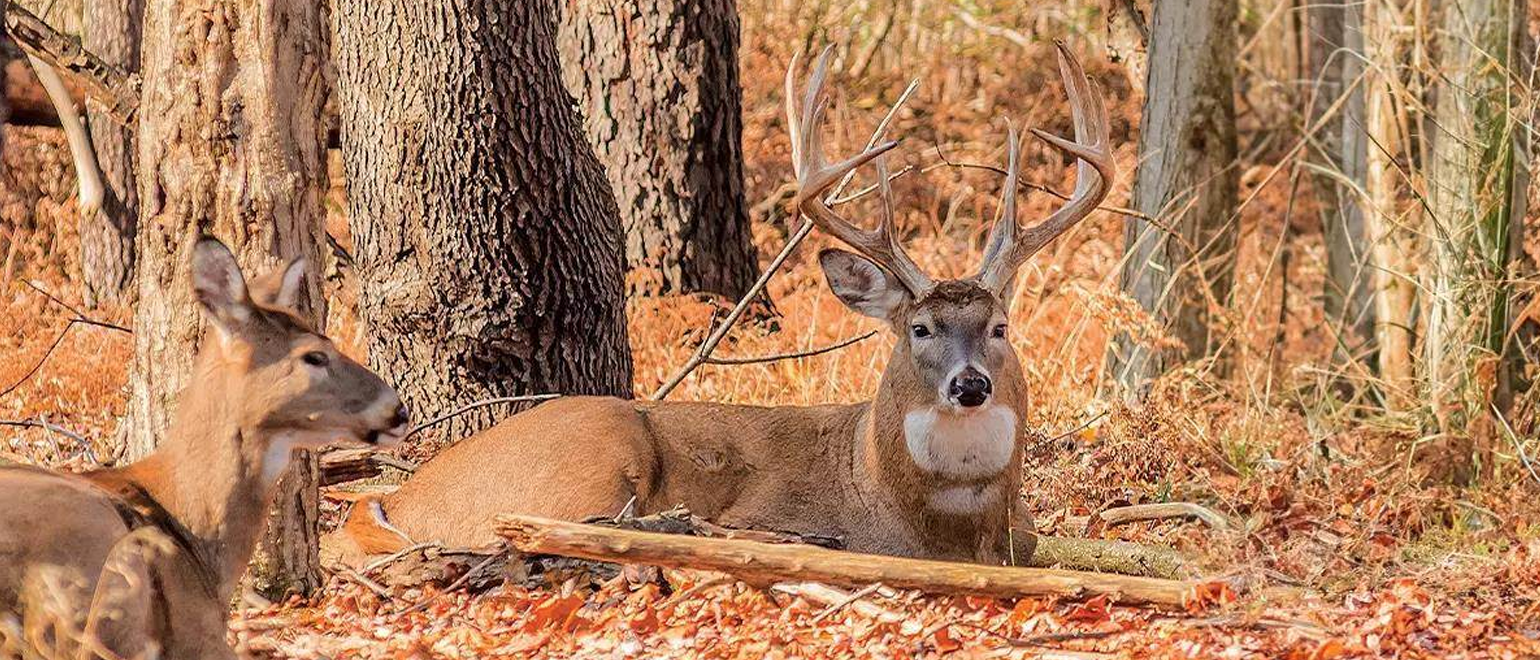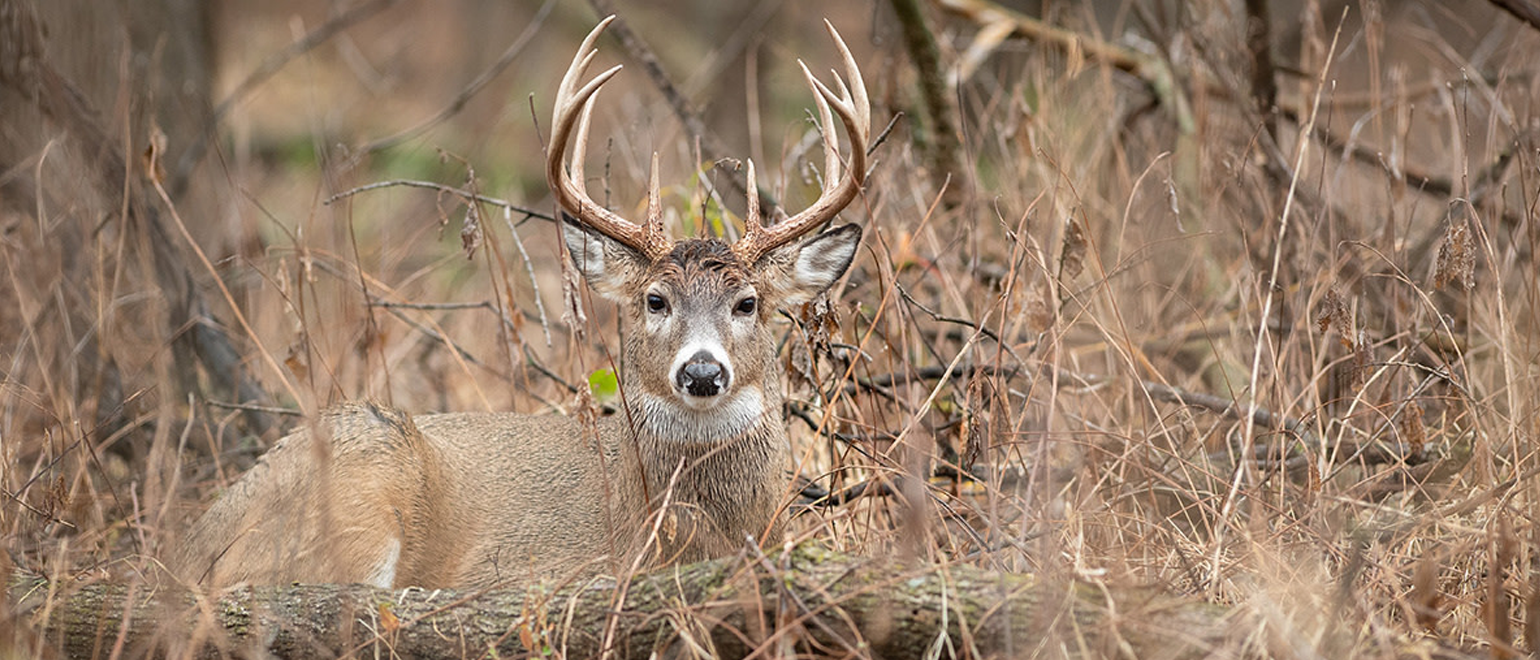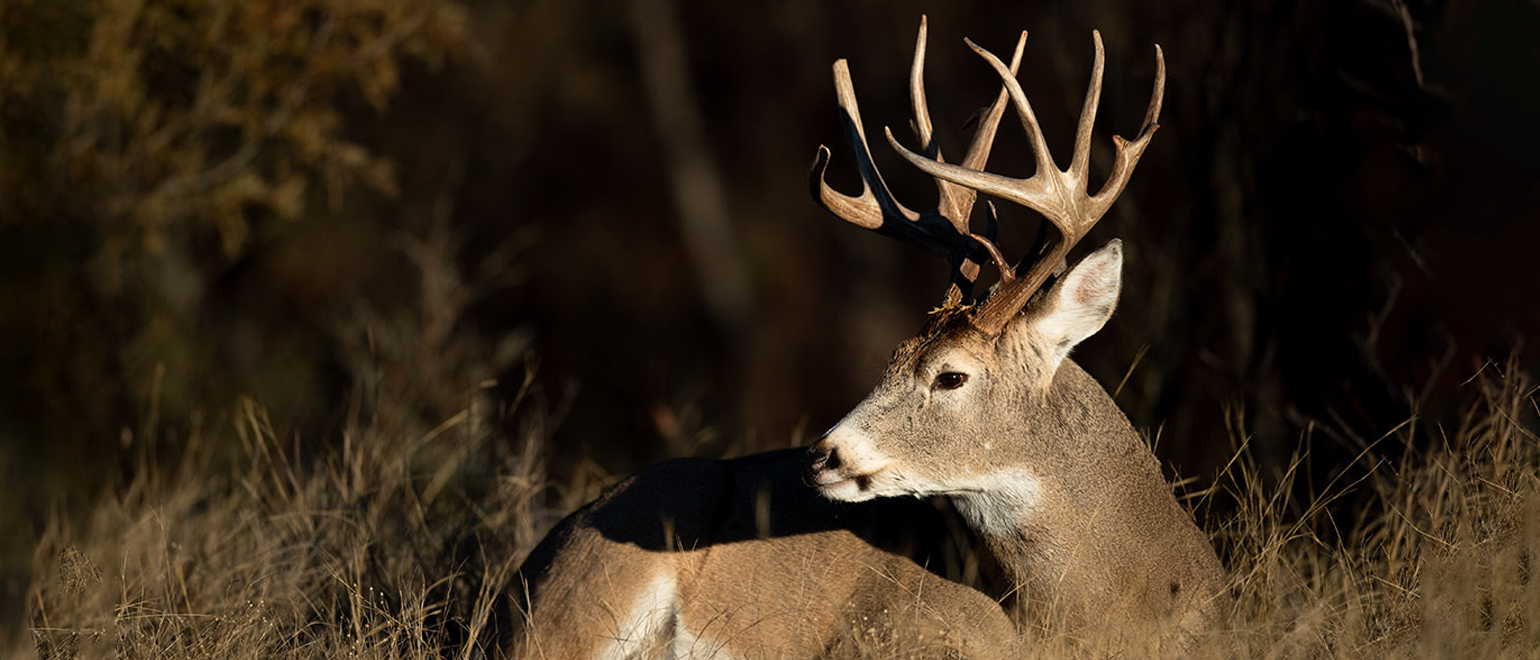
If you’re looking to take your whitetail hunting strategy to the next level, understanding deer bedding areas is essential. These spots are where deer spend the majority of their daylight hours, especially mature bucks that are notoriously elusive. Knowing how to locate these bedding areas—and more importantly, how to hunt them without tipping off your target—can dramatically increase your success in the field.
In this guide, we’ll break down what makes a good bedding area, how deer use terrain and wind to their advantage, and the most effective ways to hunt near these strategic locations.
What Are Deer Bedding Areas and Why Are They Important?

Deer bedding areas are the locations where deer, especially mature bucks, rest and seek shelter during daylight hours. These areas are essential for survival, offering deer security, comfort, and close proximity to food and escape routes. For hunters, understanding bedding areas is key to crafting successful strategies for encountering mature whitetails in daylight.
Bedding areas are not randomly chosen. Bucks select bedding spots that offer the greatest advantages in terms of wind, sight, and security. These decisions allow them to detect predators or human intrusion well before it becomes a threat.
Components of a Bedding Area
A quality deer bedding area must meet specific criteria to be chosen by a mature buck. Three key elements define a prime bedding location:
- Security: Deer seek cover with strong visual barriers and predator detection ability. Ideally, vertical or horizontal structures under 4 feet, such as dense shrubs or downed timber, provide optimal concealment.
- Food Access: Bucks prefer areas where they can nibble without venturing far. Native browse such as greenbrier, brambles, and ragweed are excellent sources of both cover and food.
- Escape Routes: Multiple escape paths are non-negotiable. Bucks bed with the wind at their back, a view of the downwind side, and exit routes both uphill and downhill.
Understanding these traits helps identify not only where deer are bedding—but why.
Bedding and Food: The Crucial Connection
Even the best bedding area is useless if it’s too far from a preferred food source. In early season, for example, bucks often bed within 300-500 yards of soybean fields or oak flats. However, they rarely bed right at the food source. Instead, they stage in between, where they feel safe.
Planting small, secluded food plots between major food sources and bedding areas is an excellent tactic. These zones create predictable movement corridors for mature bucks and provide hunters with high-percentage ambush spots.
How Bucks Use Terrain and Wind When Bedding

Topography and wind play a major role in how deer select bedding areas. Bucks often bed on elevated ground, whether it’s a ridge, bench, or hillside, using rising thermals and wind direction to their advantage. In hilly or mountainous terrain, mature bucks frequently bed on the leeward side with cover at their backs, enabling them to detect threats visually and by scent.
This terrain-savvy behavior ensures that bucks stay one step ahead of predators and hunters.
Seasonal Changes in Bedding Preferences
Deer’s bedding preferences shift as the season progresses. Early-season bedding revolves around security and food proximity. However, once fall hits and food sources change (acorns drop, crops are harvested), deer often shift beds weekly or even daily.
During the rut, bedding behavior becomes less predictable. Bucks focus more on does and less on safety, but they still prefer to use wind and terrain to their advantage. Post-rut and winter bedding sites are typically driven by energy conservation, requiring thick thermal cover and nearby food.
Using Trail Cameras Around Bedding Areas
Trail cameras can be powerful tools for understanding bedding behavior—but placement is key. Avoid placing cameras directly in bedding areas, as this can disturb deer and result in low photo counts. Instead, cameras should be placed on trails leading into or out of bedding zones.
Positioning cameras just outside bedding cover on travel routes will give you better insights into movement patterns and help you identify which deer are using specific beds and when.
Deer Hunting Strategies Near Bedding Areas
Hunting near bedding areas can be highly effective—if done carefully. The goal is to intercept deer as they travel from bed to food or vice versa. Consider these strategies:
- Stay Outside the Core: Hunt travel corridors or staging areas, not the bed itself.
- Use the Wind: Set up downwind of bedding areas where thermals and prevailing wind patterns intersect.
- Access Quietly: Choose stand locations with stealthy entry and exit routes to avoid bumping deer.
- Wait for the Right Conditions: Cold fronts, high-pressure systems, and pre-rut activity can justify a calculated move closer to bedding cover.
Only hunt tight to bedding areas if you have solid intel, like recent trail cam photos, and near-perfect conditions. Otherwise, it’s better to wait and strike when the odds are in your favor.
LandLeader: The Land Marketing Platform
If you’re looking to invest in land with strong whitetail hunting potential, understanding deer bedding behavior is essential. LandLeader, the premier land marketing platform, offers a wide selection of hunting and recreational properties across the country.
Whether you’re looking for thick cover, rolling terrain, or properties with managed food plots and water access, LandLeader connects you with land that checks all the right boxes—for both deer and hunters.
Make Your Move
Locating and understanding deer bedding areas is one of the most important skills for any whitetail hunter. But it’s also one of the most misunderstood. By focusing on security, food proximity, terrain use, and seasonal behavior, you can develop a strategic plan that puts you closer to your next trophy buck.
Timing, access, and restraint are key. Don’t pressure a bed unless the opportunity is right—and when it is, move in with confidence.